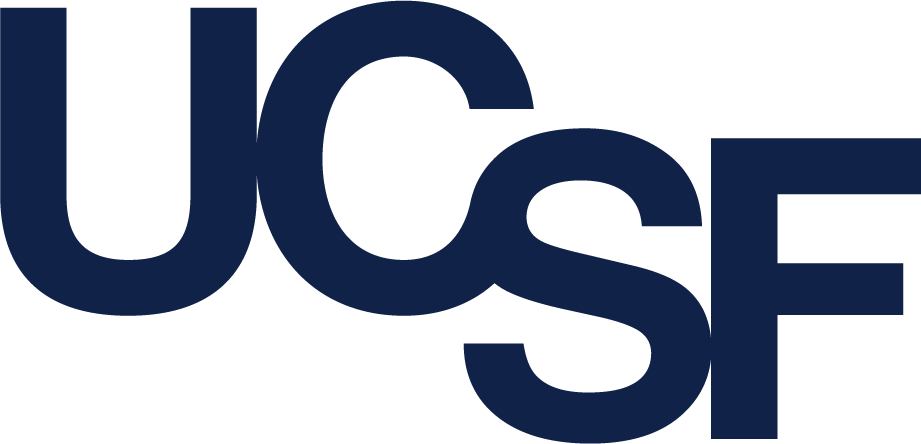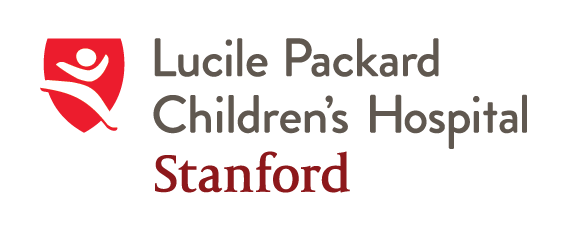By Beth Tagawa
When Tom and Diane Fitch learned their baby would be born with a severe birth defect, they were devastated. But an innovative treatment at UCSF Benioff Children’s Hospital San Francisco gave their daughter a chance at a normal life.
An ultrasound revealed their growing baby had esophageal atresia, a rare condition in which the esophagus develops as separate pouches. The child is unable to eat normally and can have difficulty breathing; immediate intervention is required.
At UCSF Benioff San Francisco, the Fitches met Michael Harrison, MD, the world-renowned surgeon who pioneered fetal surgery. Typically, Dr. Harrison explained, a section of the infant’s own bowel would be used to connect the pouches, but results are not always ideal.
But, he told them, he had an idea for an experimental procedure: threading balls through the two pouches to draw them slightly closer each day, eventually fusing them together. For Tom and Diane, the choice was a no-brainer — a risk, but one that could bear a huge reward.
Dr. Harrison’s remarkable expertise and contagious optimism made it easy to say yes. “As soon as we met him, he lifted our spirits,” Tom says. “It was like pixie dust. If he wanted to do the surgery blindfolded, I wouldn’t have complained.”
The day after Annabelle was born, Dr. Harrison performed the operation. Over the next month, the two pieces of her esophagus were pulled together by tightening the thread connecting the balls. Meanwhile, she was fed through a valve implanted in her stomach.
Eventually, as Dr. Harrison had theorized, Annabelle’s esophagus became united. She initially had trouble swallowing, and a follow-up surgery was required to remove scar tissue. But within a few years, Annabelle had no lingering issues — not always true for kids treated with the typical surgery. They can experience choking, difficulty swallowing, or reflux for their entire lives.
Today, Annabelle is a college freshman studying English, with plans to become a teacher. And the procedure that Dr. Harrison pioneered with Annabelle is now being reimagined using magnets to draw the two esophageal pouches together. This research is being supported by UCSF’s Pediatric Device Consortium, a center dedicated to cultivating innovative medical advances for children.
“This kind of work is totally incredible,” Tom says. “It saves children’s lives. And that’s as important as it gets. It changed everything for our family.”
As for Annabelle, though she doesn’t remember much about her time as a UCSF patient, she’s grateful that Dr. Harrison’s out-of-the-box thinking has allowed her to live a normal life.
“If not for his idea, I probably would have a lot more problems,” Annabelle says. “It’s really impressive that UCSF is constantly trying to improve what can be done to help kids.”





